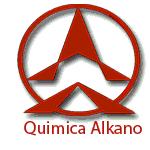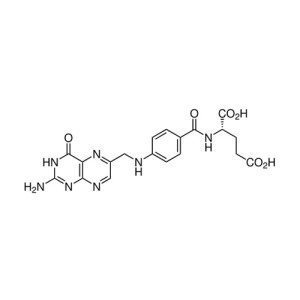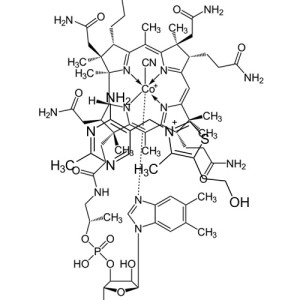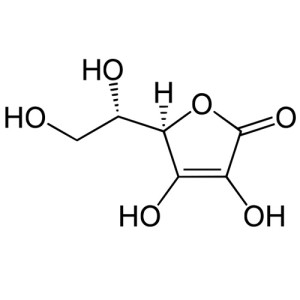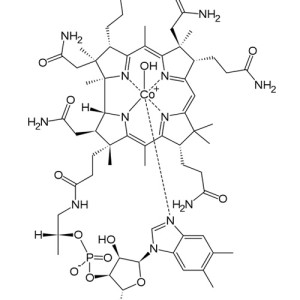Vitamin B2 Riboflavin 5-Phosphate
Flavin mononucleotide (FMN), or riboflavin-5′-phosphate , is a biomolecule produced from riboflavin (vitamin B2) by the enzyme riboflavin kinase and functions as prosthetic group of various oxidoreductases including NADH dehydrogenase as well as cofactor in biological blue-light photo receptors. During the catalytic cycle, a reversible interconversion of the oxidized (FMN), semiquinone (FMNH•) and reduced (FMNH2) forms occurs in the various oxidoreductases. FMN is a stronger oxidizing agent than NAD and is particularly useful because it can take part in both one- and two-electron transfers. In its role as blue-light photo receptor, (oxidized) FMN stands out from the 'conventional' photo receptors as the signaling state and not an E/Z isomerization.
It is the principal form in which riboflavin is found in cells and tissues. It requires more energy to produce, but is more soluble than riboflavin.
Starting at $111.30
Product Description
| Names | |
|---|---|
| Other names FMN |
| CAS Number | 146-17-8 |
| ChEBI | CHEBI:17621 |
| ChEMBL | ChEMBL1201794 |
| ChemSpider | 559060 |
| IUPHAR/BPS | 5185 |
| Jmol interactive 3D | Image |
| MeSH | Flavin+mononucleotide |
| PubChem | 643976 |
| UNII | 7N464URE7E |
|
InChI[show] |
|
|
SMILES[show] |
|
| Properties | |
|---|---|
| Chemical formula | C17H21N4O9P |
| Molar mass | 456.344 g/mol |
| Melting point | 195 °C |
